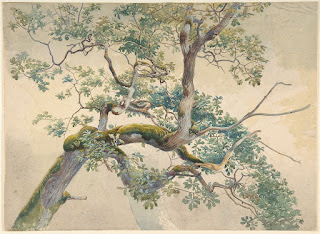The Sages disagree: only the first evening meal is obligatory. What is their logic? Don't they agree that he should live in the Sukkah? Yes, they agree, but their logic is different: just as at home, eating is not obligatory but is his choice, so in the Sukkah, he is not obligated to eat. But if so, why is the first meal required? - They compare Sukkot to Pesach. Just as Pesach starts on the fifteenth of the month and the first meal - matzah - is required, Sukkot also starts on the fifteenth, and the first meal is required.
Furthermore, Rabbi Eliezer said that if one missed the first meal in the Sukkah, he can compensate it by eating another meal, and even on the Holiday right after Sukkot, which is called Shemini Atzeret, the Eighth-day Holiday. But how could Rabbi Eliezer say that - one is not allowed to sit in the Sukkah for an extra day! - By then, Rabbi Eliezer changed his mind. He agrees that fourteen meals are not required, and now he argues that one can fulfill his obligation after Sukkot, just as it is true on the eighth day of Passover.
The Prayer Before the Meal by Jan Steen














